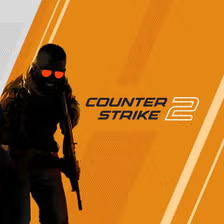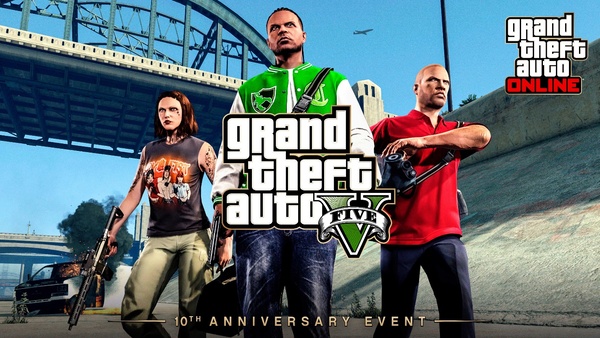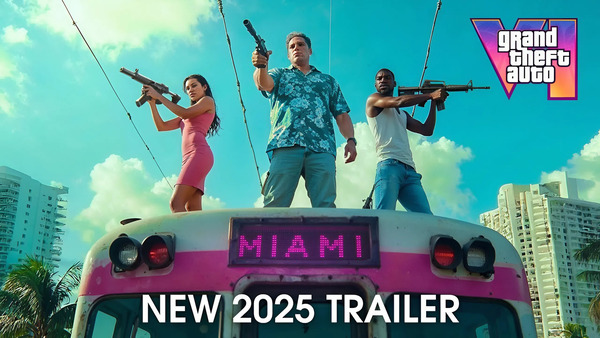Garena Free Fire: Kalahari stands as one of the most distinctive and thrilling maps in the Free Fire universe, providing players with a vast desert-themed battleground full of tactical challenges and exciting gameplay opportunities. Released as part of Free Fire’s continual effort to diversify player experience, Kalahari has quickly become a fan favorite due to its unique terrain, strategic hotspots, and dynamic game flow. In this comprehensive article, we’ll dive deep into the evolution, features, gameplay mechanics, and community reception of Garena Free Fire: Kalahari, offering expert analysis and a detailed overview of its pros, cons, and overall rating.
The Introduction of Kalahari: Setting a New Stage in Free Fire
The Kalahari map was introduced by Garena as the third major battleground after Bermuda and Purgatory, bringing a fresh and challenging environment to Free Fire’s battle royale formula. Inspired by the real-life Kalahari Desert, this map features a sprawling desert landscape dotted with rocky formations, abandoned towns, and limited vegetation.
Its debut was significant because it expanded the variety of terrains players could encounter, shifting from dense urban or forested zones to open, arid spaces where visibility and movement require new strategies. This change challenged players to adapt their playstyles, emphasizing positioning, long-range combat, and survival skills in harsh conditions.
Key Features Introduced with Kalahari
-
Vast open desert with sandy dunes and cliffs
-
New towns and landmarks like Dry River, Scorpion Ranch, and Hot Springs
-
Strategic elevation points for snipers
-
Limited natural cover requiring clever use of terrain
Map Layout and Strategic Hotspots
Kalahari’s design encourages diverse combat scenarios, blending open areas perfect for sniping with close-quarter combat zones inside towns and compounds. The map’s size is intermediate compared to Bermuda and Purgatory, offering balanced gameplay for solo, duo, and squad modes.
Major Locations to Know
-
Dry River: A dry riverbed surrounded by rocks, ideal for ambushes and mid-range firefights.
-
Scorpion Ranch: A popular landing spot rich in loot but highly contested due to its central location.
-
Hot Springs: A unique feature offering both cover and strategic vantage points.
-
Dune Town: Open area with sparse buildings, favoring long-range engagements.
Understanding these zones is critical for survival, as controlling high ground and resource-rich areas can dictate the flow of the match.
Gameplay Mechanics Unique to Kalahari
Playing on Kalahari demands a shift in tactics compared to other Free Fire maps. The open desert environment limits hiding spots, making movement and positioning vital. Players need to master the use of vehicles to traverse long distances quickly and avoid becoming easy targets in the vast expanse.
Kalahari also introduces sandstorms as a weather effect in some game modes, temporarily reducing visibility and adding an extra layer of unpredictability to encounters. This environmental factor tests players’ adaptability and decision-making under pressure.
Important Gameplay Tips for Kalahari
-
Prioritize securing vehicles early for mobility
-
Utilize high ground for better vision and sniper advantage
-
Use smoke grenades and cover strategically to compensate for sparse natural cover
-
Be cautious of open areas where ambushes are common
Weapons and Equipment: Best Loadouts for Kalahari
Given Kalahari’s blend of long-range and mid-range combat, weapon choice becomes crucial. Assault rifles and sniper rifles shine in this environment, offering versatility and precision over distance. Submachine guns and shotguns are best reserved for urban areas or close-quarter fights within towns.
Players should consider balancing their loadout with grenades and medkits due to the aggressive nature of encounters and limited natural cover, which often results in prolonged firefights.
Recommended Weapon Loadout
-
Primary: M4A1 or AK47 (Assault rifles for versatility)
-
Secondary: AWM or SKS (Sniper rifles for long-range advantage)
-
Sidearm: MP40 or M1014 (Close combat adaptability)
-
Utilities: Smoke grenades, Flashbangs, and Medkits
Vehicles and Mobility: Navigating the Desert Efficiently
In Kalahari’s expansive terrain, vehicles become indispensable. The map features several vehicle types including SUVs, bikes, and speedboats for crossing water bodies. Efficient vehicle use allows players to rotate safely, escape danger zones, or chase opponents.
However, vehicles also attract attention due to their noise, so players must weigh the risks of being spotted versus the benefits of rapid movement.
Community Reception and Competitive Impact
Since its release, Kalahari has been praised by the Free Fire community for its unique setting and balanced gameplay. It quickly became a staple in ranked matches and tournaments, with professional players often highlighting the map’s strategic depth.
The map’s complexity offers a fresh competitive layer, rewarding players who master its nuances and terrain advantages. Streamers and content creators frequently showcase Kalahari gameplay, further fueling its popularity.
Community Feedback Highlights
-
Positive: Diverse tactical opportunities and visually appealing environment
-
Negative: Some players find the open spaces challenging due to exposure risks
Visuals and Sound Design: Immersive Desert Atmosphere
Kalahari’s visual style immerses players in a sun-baked desert world, with detailed textures of sand, rocks, and desert flora. The lighting effects simulate harsh daylight conditions, enhancing realism.
Sound design plays a crucial role, with environmental noises like wind and distant wildlife contributing to atmosphere, while gunfire and vehicle sounds emphasize the intensity of battles.
Conclusion:
Garena Free Fire: Kalahari stands out as a pivotal addition to Free Fire’s map roster, pushing players to rethink strategies and adapt to a demanding desert environment. Its blend of vast open spaces, tactical hotspots, and dynamic gameplay enriches the Free Fire experience, making it a favorite for casual and competitive players alike.
With continuous updates and community-driven improvements, Kalahari will likely remain a cornerstone of Free Fire’s evolving world, offering players countless hours of engaging battle royale action under the scorching desert sun.


































